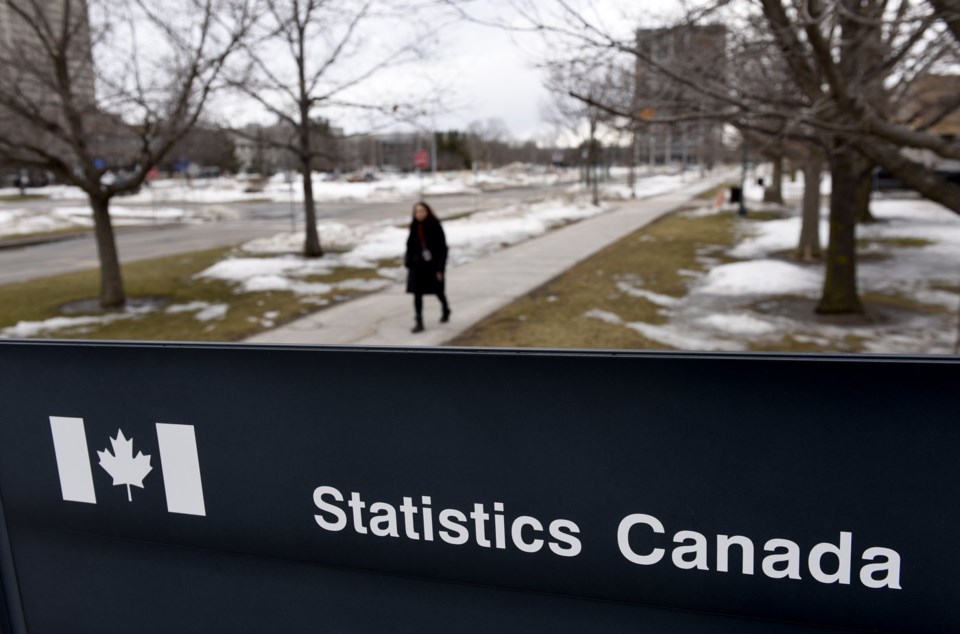OTTAWA — Canada's labour market capped the year with some good news, adding 91,000 jobs in December, shattering economist expectations, though there are still calls for further interest rate cuts amid the threat of U.S. tariffs.
Statistics Canada’s labour force survey on Friday said the unemployment rate dipped 0.1 percentage points to 6.7 per cent, also beating expectations.
"There's a lot of resiliency being displayed on the job front, irrespective of this little bit of a whirlwind we're caught in," TD chief economist Beata Caranci said.
Economists had projected job growth to be between 10,000 and 25,000 in December.
The report Friday said the country’s employment rate rose for the first time since January of 2023, though it contextualized it against slowing population growth.
"Even though today's data overall was much better than expected, we still have an unemployment rate of 6.7 per cent. That's one per cent higher than we started 2024 at, and that increased slack within the economy is clearly leading into some disinflationary pressures," CIBC senior economist Andrew Grantham said.
"I think the best news is that the employment-to-population ratio has gone up, even if we don't believe that employment growth was as strong as the headline suggests."
Grantham is maintaining his call for a quarter-point cut when the Bank of Canada issues its next policy decision on Jan. 29.
The central bank's benchmark rate currently sits at 3.25 per cent.
In its deliberations, the governing council members said they'd be considering further rate cuts this year, but would be taking a more gradual approach given the five consecutive cuts since June, to give the economy time to respond to them.
The Bank of Canada will also have to weigh new policies from the incoming U.S. administration in its next decision — something which was already on the minds of members during their last deliberation.
"This report does not detract from what we're hearing and seeing from the U.S. and the real risks that we're facing there. But the (Bank of Canada doesn't) make political bets," Caranci said.
"The inauguration is January 20th. Their meeting is about a week after that."
TD is projecting four more rate cuts this year to bring the policy rate to 2.25 per cent.
The labour report said the education, transportation and finance sectors saw the largest gains in employment in December, while the public sector added 40,000 jobs.
Full-time employment rose by 56,000.
While private sector employment was little changed in December – up 27,000 jobs – self-employment rose for the first time since February, up by 24,000.
Still, while private and public sector jobs have bounced back and grown since the pandemic, self-employment continues to lag. Self-employment rose by 64,000 jobs in 2024, however it’s still down about 100,000 jobs since February 2020.
"This may be part of the issue on, when we look at Canada's productivity, we grow more through our labour than we do through innovation and investment. Long term, that's not good," said Caranci on why the numbers were so much higher than projected.
She added the numbers are about "as good as you can get" as far as giving Canadians some secure income, in the event the U.S. makes good on its tariffs threat.
The report also highlighted decelerating wage growth, with average hourly wages rising 3.8 per cent year-over-year in December — the slowest growth since May 2022. November's growth was 4.1 per cent, and 4.9 per cent in October.
"People are still getting a nice real wage gain because that's still a little above inflation. So their cost of living still improves from that perspective. That's the best of both worlds," Caranci said.
This report by The Canadian Press was first published Jan. 10, 2025.
Nick Murray, The Canadian Press
